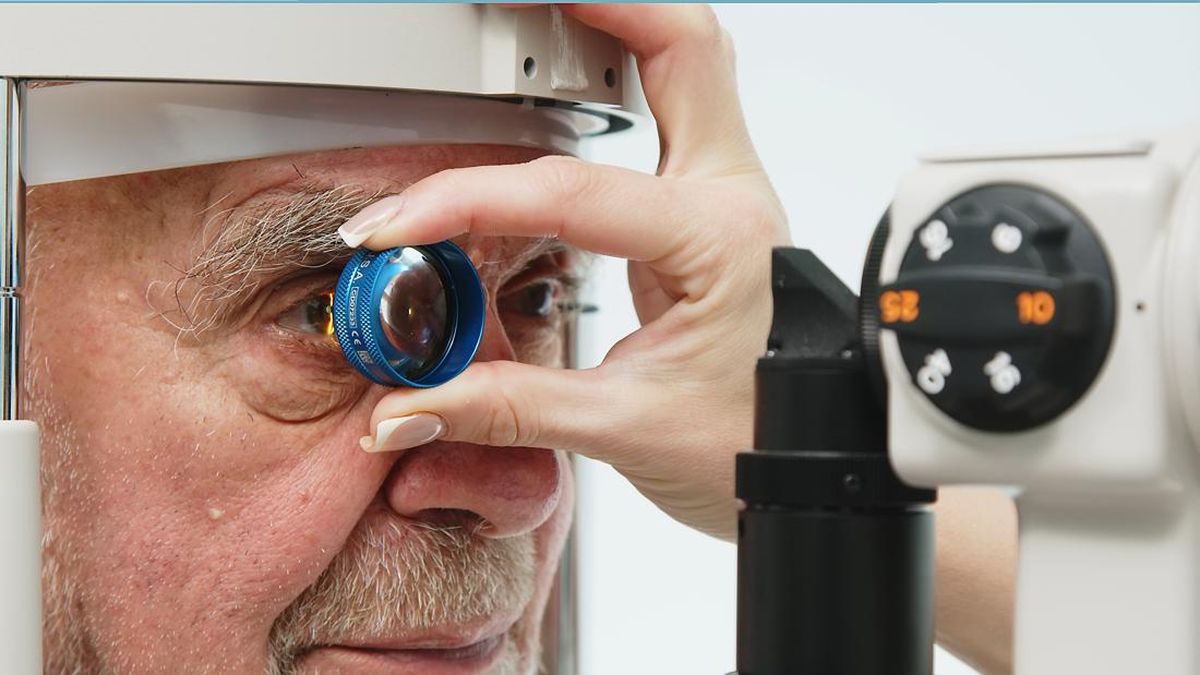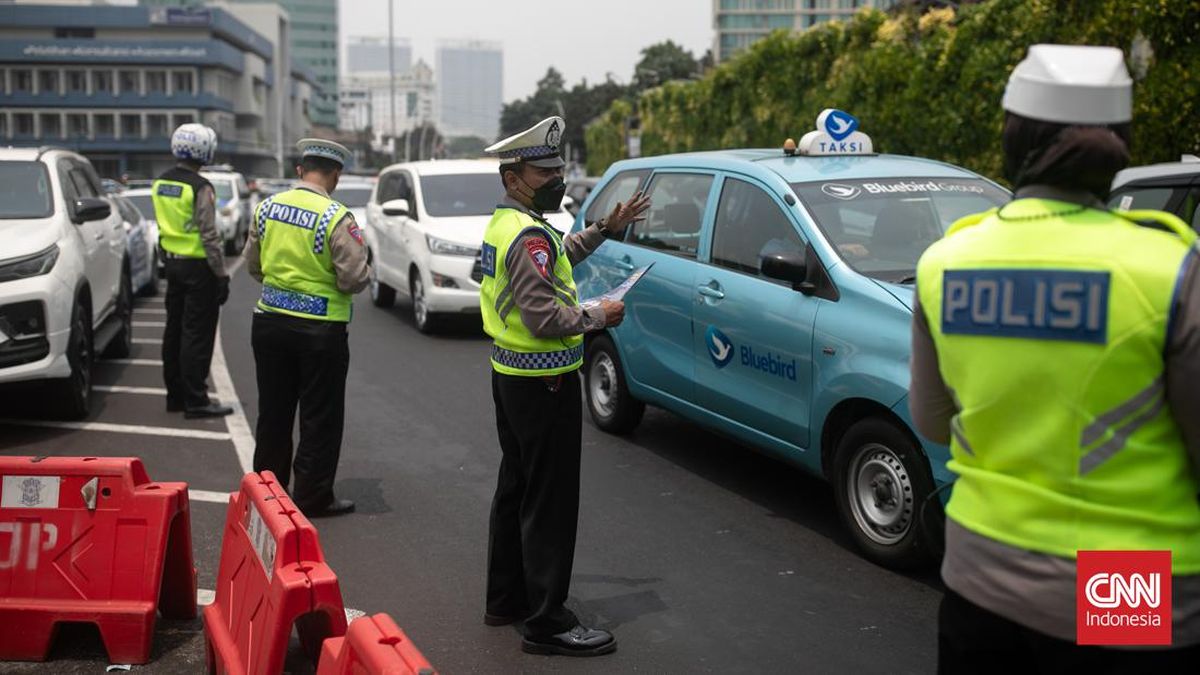Localised: 95 per cent of patients will be alive 10 years after treatment.
Locally advanced: The five-year survival rate is 70-90 per cent.
Metastatic: This falls to 30 per cent.
2. What is my risk of developing prostate cancer?
The average man’s risk is one in eight, but certain cohorts have higher risks. For Afro-Caribbean men, the risk is one in four. There is more data on the way about patients with a family history of prostate cancer, and this is related to age (a first-degree relative who had prostate cancer at 55 or below is at greater risk than someone with a relative who had the disease at 90).
Loading
Then there are those with the BRCA gene mutation. There is no guarantee that you will have prostate cancer if you have the BRCA mutation, but there is a strong association. We’re focusing on identifying high-risk groups to develop screening programmes. We give people a questionnaire and, depending on the answers, we decide whether they need a blood test and scanning.
3. What symptoms should I look out for?
Prostate cancer in its early stages is asymptomatic, so we pick up a lot of people when they are having cholesterol checks, and a prostate blood test is suggested. Symptoms predominantly involve the waterworks, as the water pipe goes through the prostate. When the prostate enlarges, it can cause problems. Potential symptoms include blood in the urine, back pain, fatigue, and sometimes erectile dysfunction.
Early disease is slightly ambiguous, but in more advanced disease, we see back pain and lymph node enlargement. Don’t wait for symptoms if you are in a high-risk group.

Fatigue can be a sign of something more serious.Credit: iStock
4. What’s the main test used for screening?
The way we test for prostate cancer now is a blood test: the PSA (prostate-specific antigen). This is an enzyme that the prostate produces to keep the semen in a semi-liquid form. The test was invented in 1977 and is like any other blood test.
5. How accurate is the PSA test?
The sensitivity (the ability correctly to spot cancer) of the PSA for detecting prostate cancer is 70-80 per cent, but the specificity (the ability correctly to diagnose the absence of cancer) is 30-40 per cent. The specificity is the issue, as PSA levels can fluctuate: it’s prostate-specific but not prostate cancer-specific. If the prostate increases in size, or there’s a prostate infection or a urinary tract infection, the PSA goes up. After recent ejaculation, the PSA goes up. If someone goes for a cycle ride and then has a blood test, the PSA goes up. Hence why we tend to use MRI scans alongside the PSA test.
6. If I have a prostate cancer diagnosis, what happens next?
Patients will have an MRI and biopsy, then return for a meeting. They’ll go to a multidisciplinary team meeting with all specialists – oncologists, surgeons, nurses – who work together. We’ll have a discussion with the patient and their family, ensuring liaison is the most important thing.
We place patients into risk groups (low, medium, high) and discuss treatment options. The earlier that cancer is picked up, the more treatment options are available. If we’ve picked it up at a more advanced level, the options are more restricted.
Treatment options include:
Close monitoring – PSA and MRI tests. PSA is a good monitoring tool and MRIs are far quicker when used in this way. This is not treatment, just keeping a watchful eye.
Loading
Focal therapy – treatment applied only to the specific areas with cancer identified by MRI. This can be ultrasound (high-intensity focused ultrasound to destroy cancerous areas) or focal cryotherapy (freezing and killing cells with very low temperatures). Focal therapy is less invasive but there’s a 20-40 per cent chance the cancer can come back.
Radiotherapy – radiation applied to kill cancer cells. This includes external beam radiation, brachytherapy (radioactive seeds placed in the gland), and targeted radiotherapy.
Robotic surgery – removing the prostate using robot-assisted surgery for precision. This means significantly less blood loss and faster return to work than traditional open surgery.
The main focus is to cure patients. Patients are given all options without bias. Patients can also decide to get another opinion – they do that a lot.
7. How quickly does it spread?
When prostate cancer is diagnosed, we look at three parameters: PSA level, grade on biopsy, and scan findings.
Low-grade prostate cancer is slow-growing and the risk of progression is 20-30 per cent over 10 years.
Intermediate-grade can spread over months to a few years.
High-grade can be fast-growing and may spread in a few months. This needs urgent treatment.
8. What are the potential side effects?
No treatment has zero side effects. The main side effects are ejaculatory issues, urinary incontinence, and sexual dysfunction. In some cases, we provide hormonal treatment that induces a male menopause.
Loading
Testosterone is to prostate cancer what fuel is to fire, so sometimes we administer these hormones. This can cause mood changes, fatigue, breast enlargement, breast tenderness, anger issues, brain fog, and potential long-term bone loss, similar to women in menopause. There’s also an associated risk of cardiac issues in the long term with hormone treatment.

Getting back to your usual routine and function can take some time.Credit: iStock
9. What can be done to alleviate the side effects?
If someone has erectile issues, we can offer tablets, injections or vacuum pumps, or we can insert an inflatable cylinder into the penis – it’s rare but it’s done.
If there is incontinence, most of the time normal function returns. We work on pelvic muscle training, and have pads, penile clamps, emotional support and counselling. We can implant an artificial sphincter, but robot surgery and aftercare is sufficiently advanced, meaning enough of the anatomy and nerve structure is preserved and very few people need the sphincter. Most of the time post-surgery, the first week is stormy, but within about three months, 70 per cent will regain control, and within 12 months most people are dry. Only 5 per cent have lasting issues.
Faecal incontinence is more associated with radiotherapy and may require surgery – but this affects only 0.1 per cent. It’s extremely rare and it all improves over time.
With hormone treatments, we can give drugs to prevent breast enlargement. If they are experiencing hot flushes, we can offer acupuncture. Exercise is very helpful in dealing with weight gain or diabetes.
10. Can people decide against treatment?
Suppose a 93-year-old man is diagnosed with prostate cancer – we put him on a watchful waiting pathway, where we do some tests and keep an eye on them. The PSA is a good marker once there is a diagnosis.
We use doubling time. If someone has a PSA test in January and they have a PSA of four, and by March it’s eight, that is definitely something we need to investigate. We know overdiagnosis and overtreatment can be a problem and we do a lot of work to prevent that happening. If a patient doesn’t want any treatment, we will watch them and test them.
11. How do I know whether the treatment is working?
We monitor patients based on PSA levels, scans, and symptoms. We bring patients back to clinic, involve their GPs, and engage community nurses. Success rates are very high: 90-95 per cent for locally confined prostate cancer.
This depends on initial pathology, but if the cancer is confined to the prostate, we’re talking about a significant chance of complete cure. We’re seeing major improvements in survival data with modern treatments.
12. What is the effect on my fertility?
Treatment will render you infertile. We routinely bank patients’ sperm – if they haven’t completed their family, we organise that the next day [after diagnosis], usually.
13. What are the chances of cancer coming back?
It all depends on the treatment. Success rates are very high.
With surveillance alone, about 20-30 per cent of patients will need treatment in five years. With focal therapy, the recurrence rate is 20-40 per cent at five years.
Make the most of your health, relationships, fitness and nutrition with our Live Well newsletter. Get it in your inbox every Monday.


















































